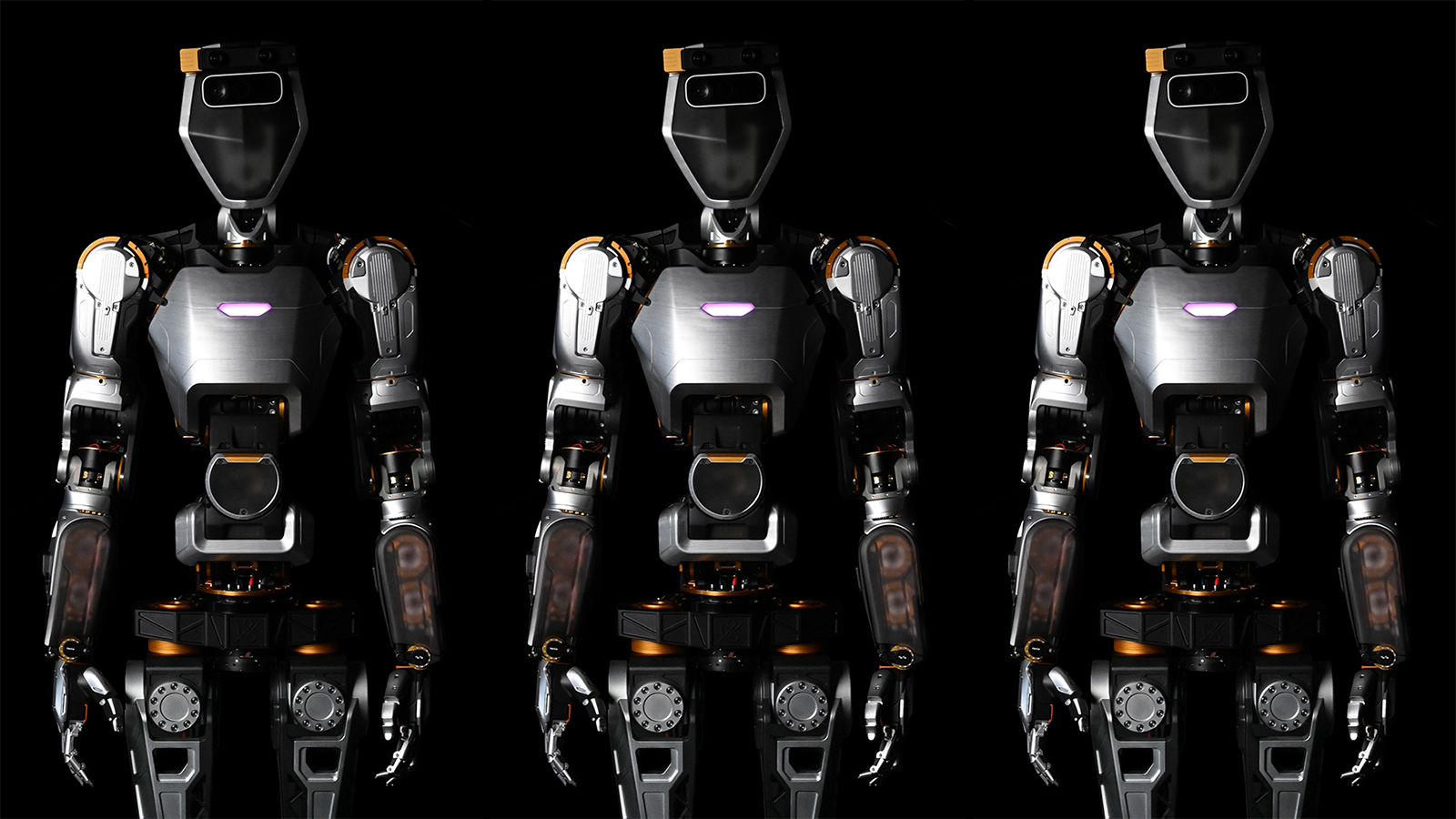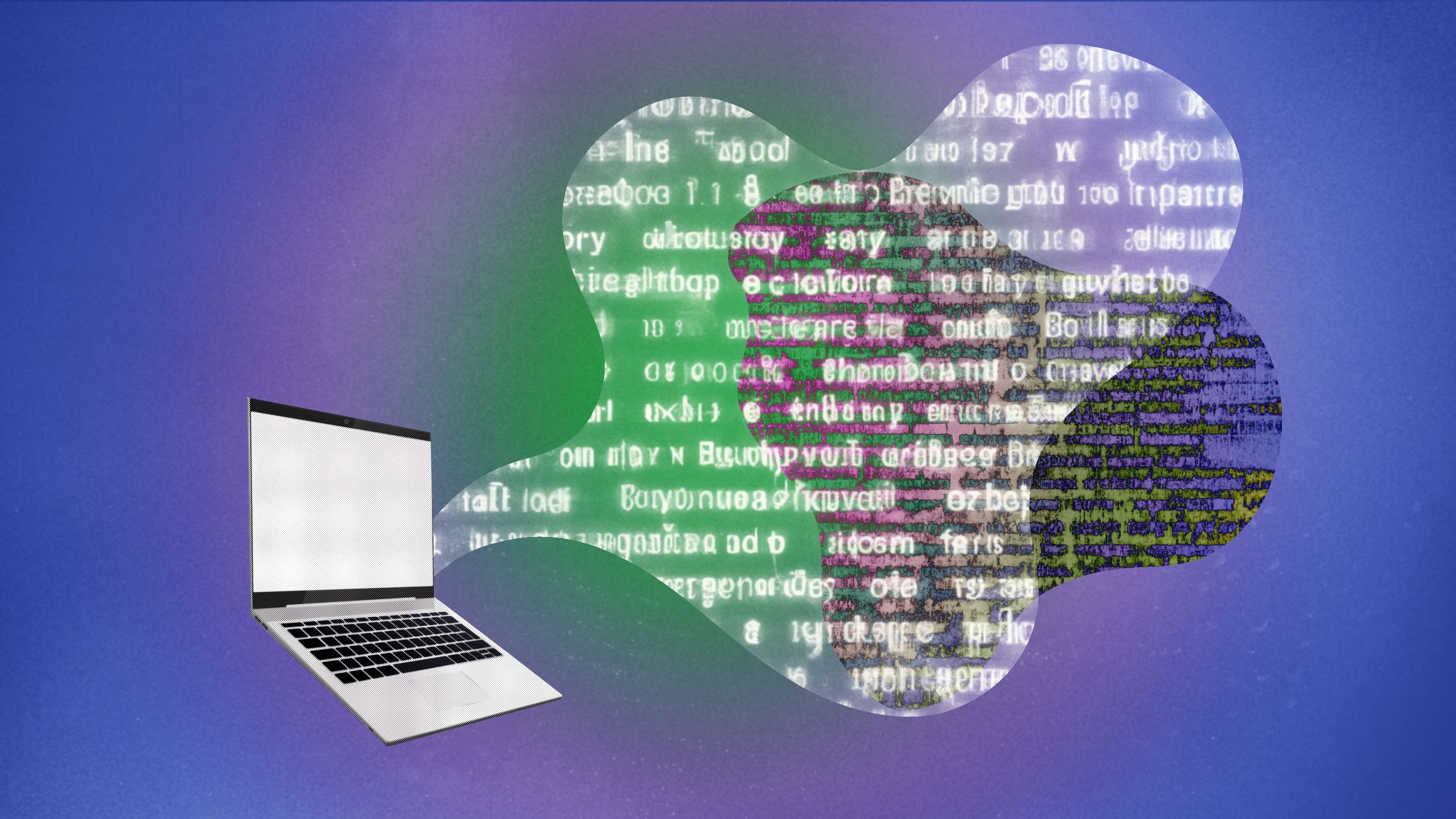5 key areas where generative AI can help dissolve business roadblocks

- Early signs confirm a strong demand for generative AI in business.
- AI is a natural fit for summarizing and managing information to find, for example, the most actionable and important topics.
- Outside of the big-name players in the generative AI space, a handful of niche productivity solutions have been launched.
Roadblocks are a frustrating reality in business. Consider the new team that just won’t gel; the tricky coding challenge that holds back delivery of a key project; writer’s block delaying important marketing materials; or a series of meetings that never turn into action.
Generative AI is an effective way of removing many of those challenges in a simple, practical way. Even in situations where AI’s output isn’t directly applicable, it can provide valuable inspiration out of thin air. Enterprise tech giants and startups alike are busy building AI into their products to speed up old processes and open up opportunities for new ways of working.
Early signs show strong demand for AI in business. For example, Salesforce recently reported higher-than-expected revenue growth, driven by its new AI products. And AI image generator Midjourney is reportedly on track to book $200 million in revenue in 2023 — incredible for a startup that only launched its product last year.
Given the technology’s recent arrival, and rapid evolution, integration into business has already raised a variety of concerns. Issues around privacy and copyright infringement are being addressed, and the process is ongoing. OpenAI’s ChatGPT Enterprise is built on the assurance that data input by a customer’s employees won’t be fed into large language models and lead to company secrets spilling out to other users. Meanwhile, Microsoft is offering a copyright commitment to cover legal costs in the event a company is sued for copyright infringement as a result of using Microsoft’s Copilot AI products. Similarly, Adobe looks to reassure businesses about the legal standing of its Firefly generative AI technology by only training it on public domain images and its own stock library.
So the stage is set for AI to provide real productivity benefits to businesses of all sizes. Here are five traditionally sticky areas ripe for AI intervention.
1. The problem with meetings
The business world is built on meetings, but they’re not always as useful as they should be. If one person is missing, it can render the whole gathering pointless. Before you know it, weeks have passed and all you’ve achieved is a few meetings to talk about what you would have been deciding if everyone was present.
Increasingly, though, there is less need to wait for the next time everyone can get together. Those who were unavailable can very quickly catch up in their own time. Basic transcriptions and auto-generated summaries of meetings have quickly become basic functionality, with tools like Otter offering the ability to automatically share a headline summary and the full meeting text.

Zoom, Google Meet, and Microsoft Teams have recently announced AI features that take this further, with the ability to watch meeting highlights, ask a chatbot for details about what was said, or highlight times when your name was mentioned.
As for where this might go next, Google is working on something that could be a dream come true for serial avoiders of meetings. The “attend for me” option will let your Duet AI assistant appear in your place, highlighting via auto-generated text what you might want to discuss. (In case you were wondering, Google says it will automatically end any meetings where all humans have opted out, presumably leaving only the AI assistants “talking” to one another.)
2. Information overload
We all have access to so much information that it can be a struggle to pick out the most important things to pay attention to. In turn, this slows down actually getting things done. If you feel like you’re drowning in your own notes, Notion’s AI features can analyze your work to find the most actionable and important topics. Other note-taking apps like Capacities are exploring similar AI features, and it seems likely that these will become “table-stakes” functionality for any online notebook within months.
Google’s experimental NotebookLM product can help you understand, and generate ideas from, your own Google Docs. Simply add them into the app and it will draw from them as the sole source of its work. And Slack has announced it will soon start testing a tool to summarize threads, recap highlights from recent activity in channels, and help you find answers to your questions.
3. Creative block and designer backlogs
Creativity doesn’t always respect deadlines. Good creatives will always deliver work on time, but anyone can use a dose of inspiration to get going from time to time. When it comes to marketing copy and other written work, general purpose chatbots like ChatGPT, Claude, Google Bard, and Microsoft Bing can deliver good quality results with the right prompts. But niche alternatives are rapidly coming to market, such as Copy.ai, which is targeted specifically at marketing professionals.
When it comes to images, the likes of Midjourney and OpenAI’s DALL-E generate increasingly impressive results once you learn how to prompt them. OpenAI founder Sam Altman teased DALL-E3 in September, promising “a leap forward in our ability to generate images that exactly adhere to the text you provide.”
Meanwhile, Adobe is rapidly integrating AI features into its Creative Cloud suite of apps including Photoshop and Illustrator. Features like “generative fill” in Photoshop, which automatically creates expanded versions of smaller images, can save graphic designers time, clearing work backlogs that can often delay a project’s completion.
4. The difficult email
We’ve all put off writing difficult emails. You might need to address a sensitive topic before a project can progress, or reject someone’s proposal without pushing them away. In cases where you know what you want to say, but not the right way to say it, AI can help.
Google recently launched a new Gmail feature for business users that can write and edit emails. Just type in a short summary of what you want to say, and Google’s Duet AI will write an email for you. It can understand context from previous messages in an email chain to inform what it writes and how. Email app Superhuman offers a similar feature.
It’s early days for this type of functionality, but even if you end up editing what it writes, just having words on the page is a crucial first step to getting the job done. Alternatively, AI chatbots like ChatGPT and Claude can do a great job of composing difficult emails if you give them a specific enough prompt.
5. The coding challenge
Since ChatGPT launched last year, it has been capable of generating code. However, it hasn’t always been efficient or accurate. As with many other forms of generative AI, using the code as a time-saving step toward the full solution is often more effective than solely relying on its output.
That’s precisely how Microsoft’s GitHub subsidiary pitches its Copilot product. It’s an “AI pair programmer” that offers suggestions, finds solutions faster, and helps coders navigate unfamiliar territory in their work. GitHub’s own research shows that, on average, one-third of Copilot’s suggestions are accepted by users — and that over time the software is getting better, and users are becoming more confident at working with it.
Other products like Codeium and Amazon’s Code Whisperer point to a future where AI is routinely improving the efficiency and quality of programmers’ work.





